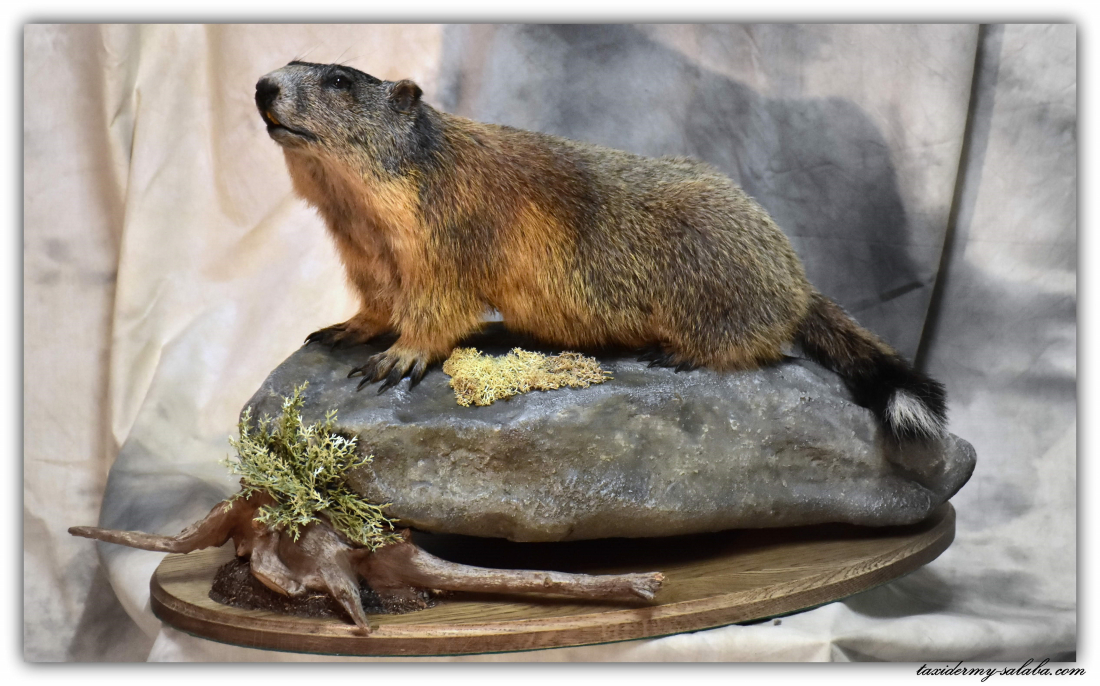Our department also teaches several subjects in the field of Conservation of Natural Objects and Taxidermy. For many students, these are the most interesting subjects that made them want to study these fields. These subjects include the art of preparing amphibians, fish and reptiles, and especially the taxidermy of mammals and birds. In a broader perspective, the field of conservation of natural objects and the subjects taught by us in this area of higher education have essentially no alternative. It is a new and constantly evolving field of study that is gaining increasing interest at the university, along with new facilities. Newly created and emerging laboratories and studios offer students facilities for the development of their knowledge, but especially for improving their artistic and creative skills in taxidermy. They can also take part in research that brings new knowledge in this field with their chosen bachelor's theses topics.

Probably the most interesting subject for students is the art of preparing mammals and birds, i.e. modern taxidermy of mammals and birds. Modern taxidermy contains several fields that are important for the successful practice of taxidermy. The theoretical level includes a lot of information about the history of the art of preparing animals and development to the present; anatomy and zoology are also essential parts. It also includes all legislation concerning nature protection and trade in wild animals with related processes, such as the transport of trophies or specimens from third countries, including the principle of customs procedures and veterinary inspections. Furthermore, the theory also includes all information about the disposition and equipment of the art of preparing plant, including all legislative processes such as approval by the State Veterinary Administration, or legislation regarding the disposal of waste from the art of preparing plant. Of course, all the principles of the art of preparing mammals and birds are at a theoretical level. Emphasis is also placed on related fields. For this reason, it is necessary to include a very wide range of information on modeling and composite materials, hunting tourism and museums. A theoretical understanding of the art of preparation using special techniques, such as the PEG method and tissue plastination, is also important. A small part is also devoted to the art of preparing of pachydermata, the specifics of the art of preparing important orders of mammals and birds, or biological risks such as zoonoses.
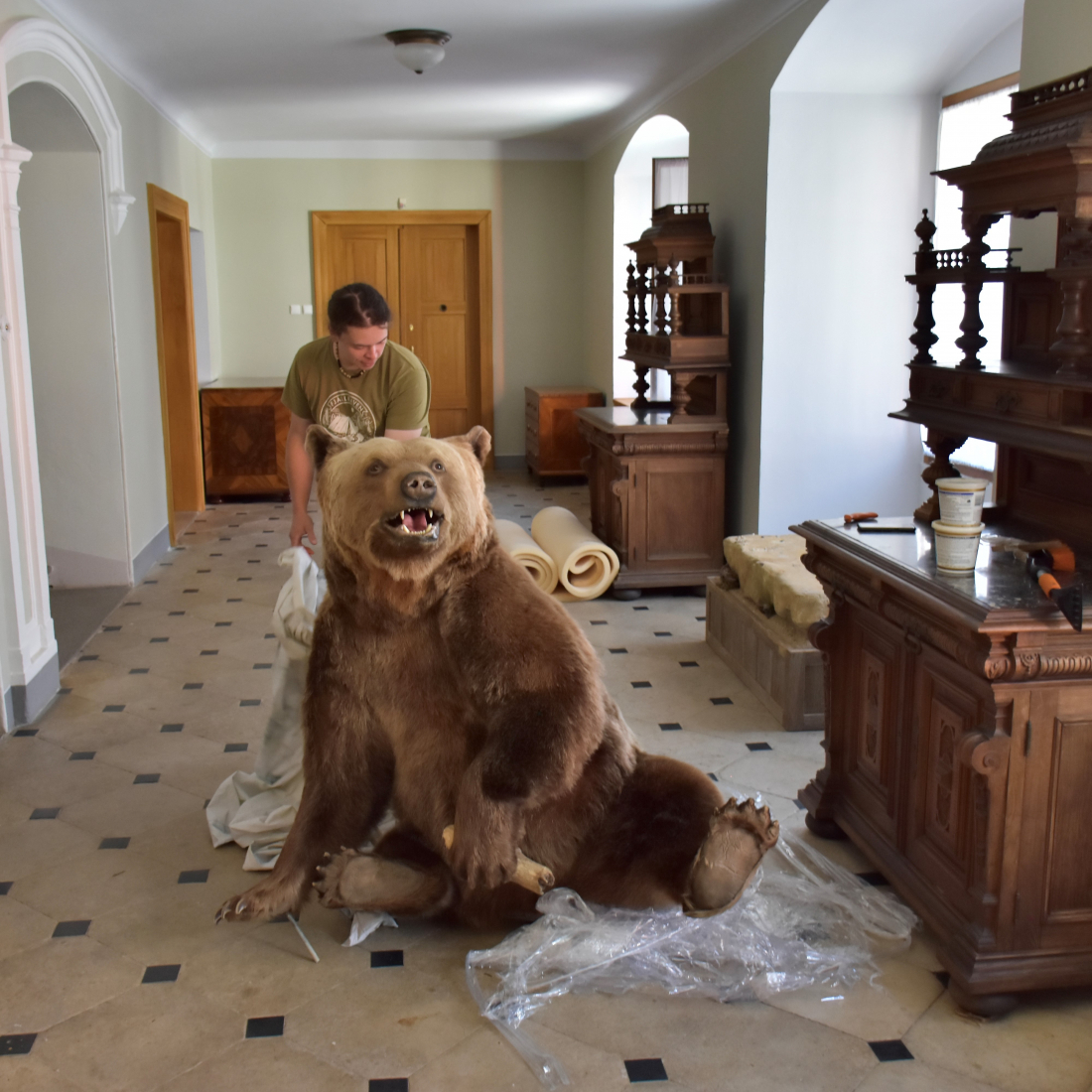

At a practical level, students attend practices that have a higher hourly allowance than usual subjects. The main goal is to maximally develop creative skills. The practical part takes place under the university’s conditions rather than the teaching of artistic activities. Thanks to this fact, practical teaching and, in fact, the field as a whole is seen more as a creative or art field. Taxidermy is perceived by the world as a creative or artistic field, so we try to bring this fact into the style of the practical part. Taxidermy in the Czech Republic is considered as a service for hunting and forestry. Where else should this field be taught than at our faculty?
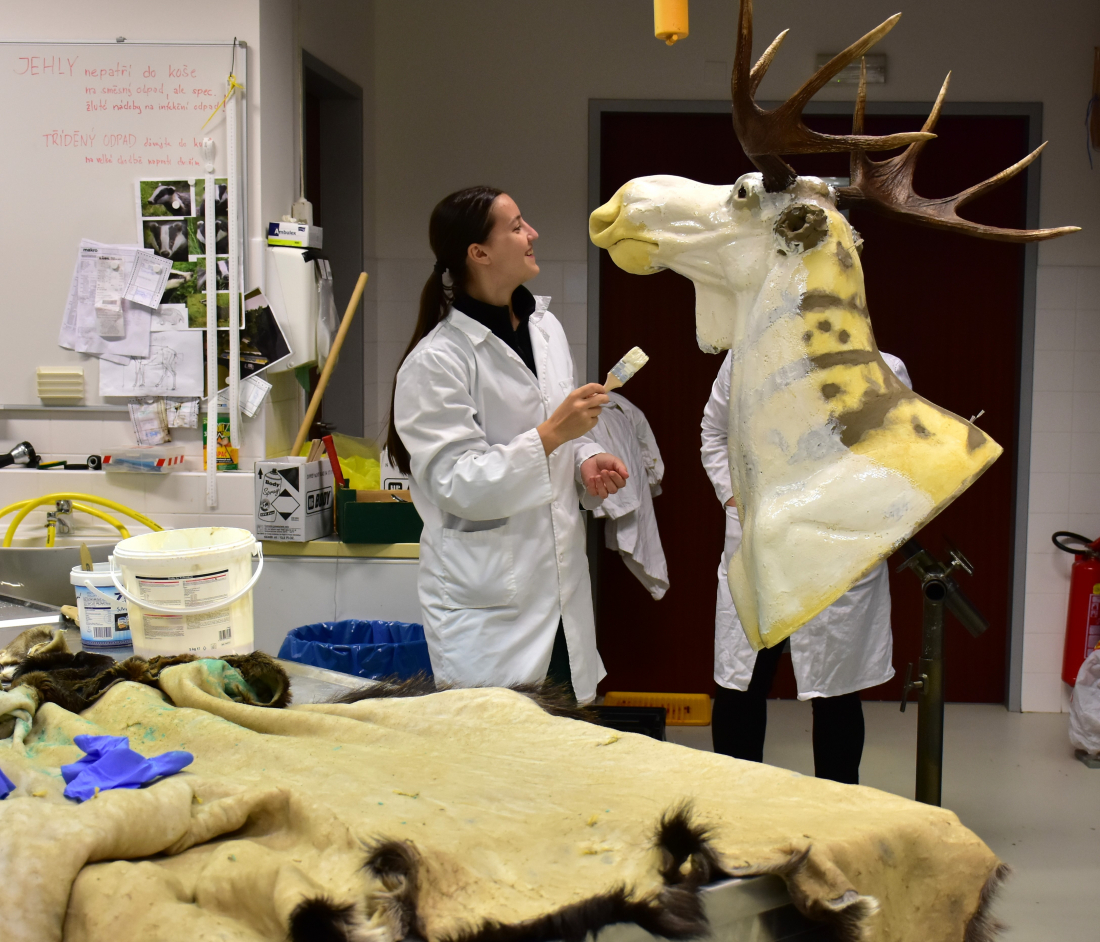
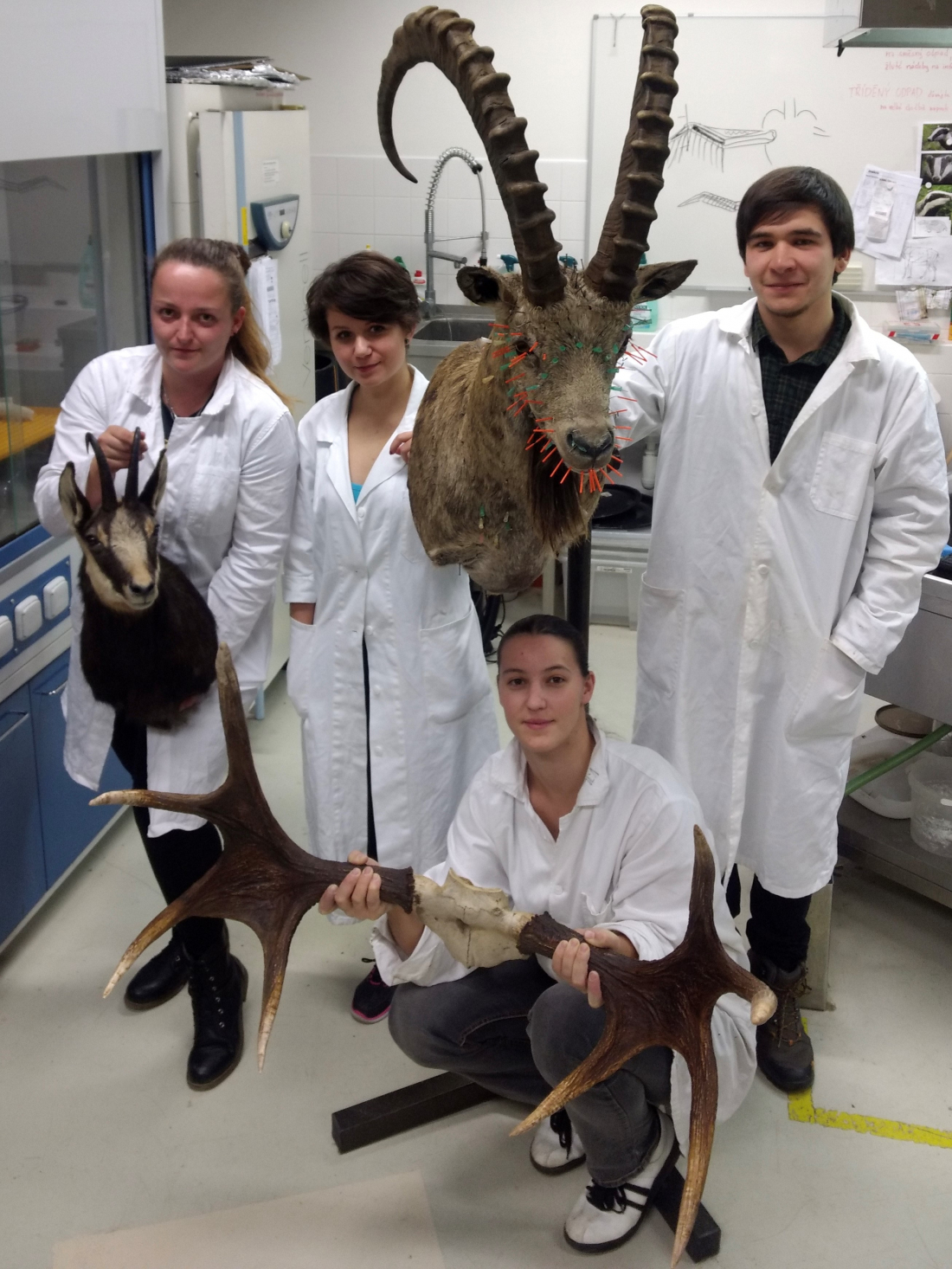
Workshops on the art of preparation are organized for students several times per semester. The content of the workshops is to further deepen their practical and theoretical knowledge in the field of taxidermy. The content is the art of preparing rarer vertebrate species such as African and other exotic species. The workshops are also attended by external experts in the field of taxidermy and leather tanning, who pass on additional valuable information to students.
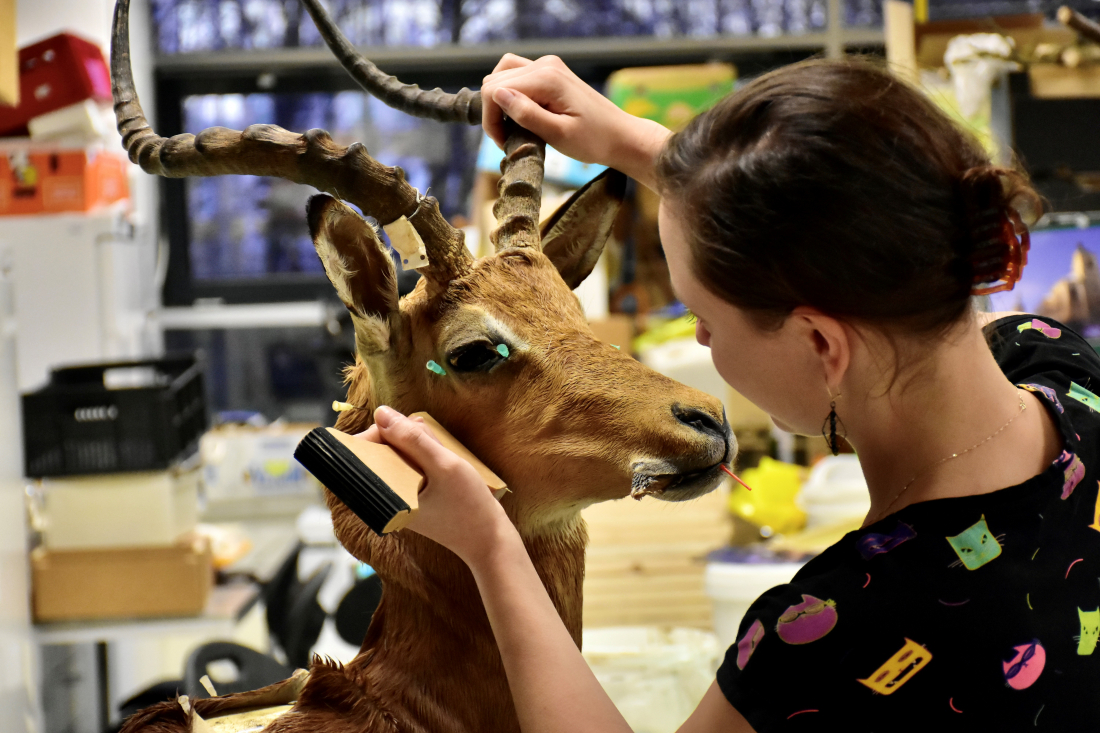
Students choose bachelor's theses on topics that bring new knowledge to the field, in the areas of taxidermy and the use of new methods in the art of preparation and use of composite materials. Students can choose their own work as a topic for their bachelor's thesis, i.e. the assembly of a specimen. Successful student works can be exhibited at the European Championship of ETC taxidermist in the "Novice" category. The results of the research work of students and teachers brings and will bring new knowledge in the field.
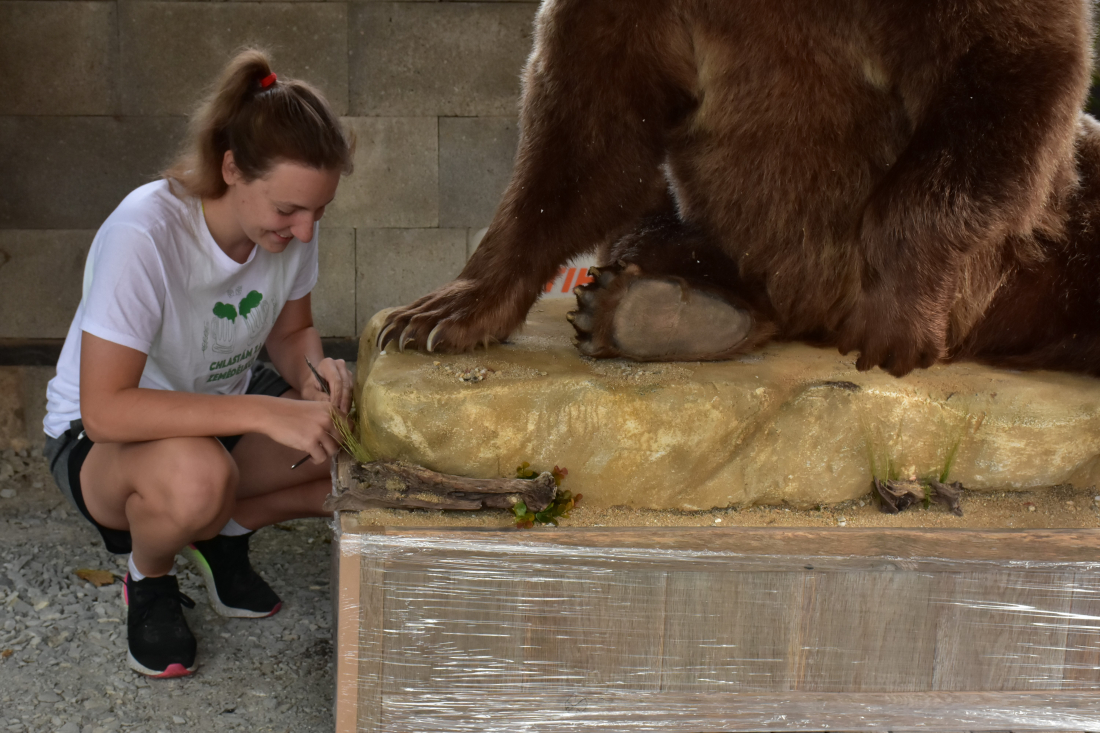
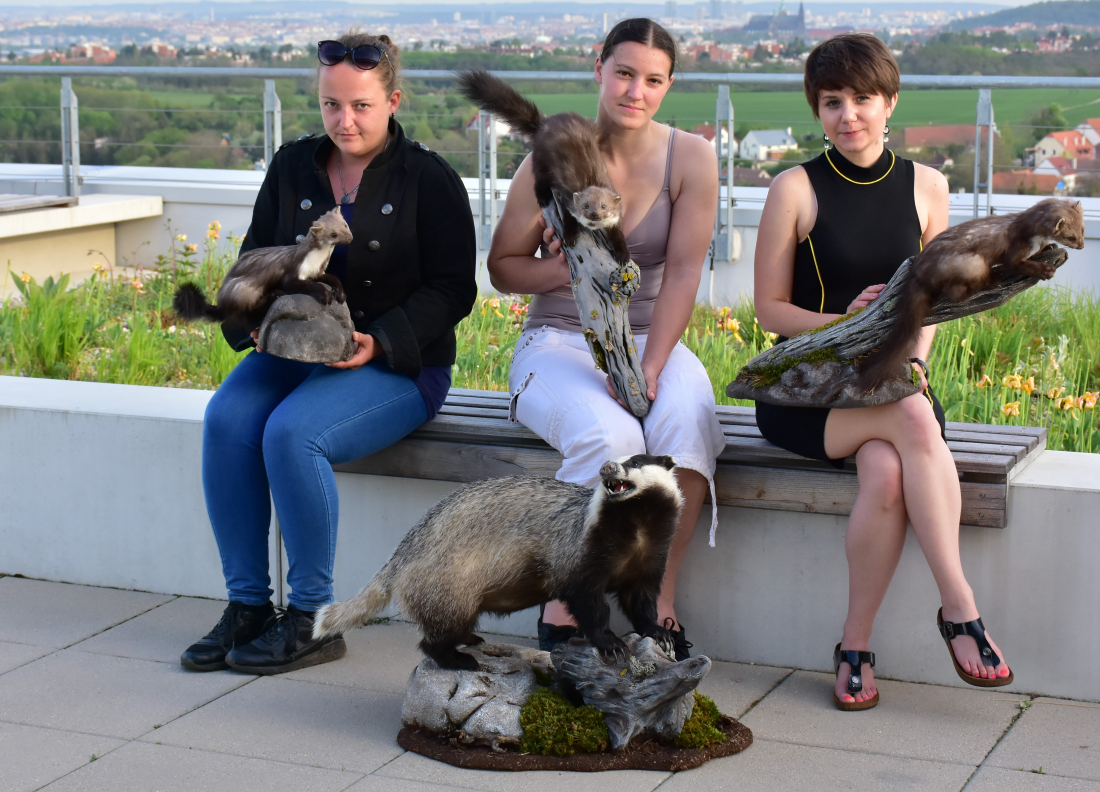
The aim of the study is to establish a new tradition of teaching taxidermy at a university level and raise it to a higher level than where it is at today.